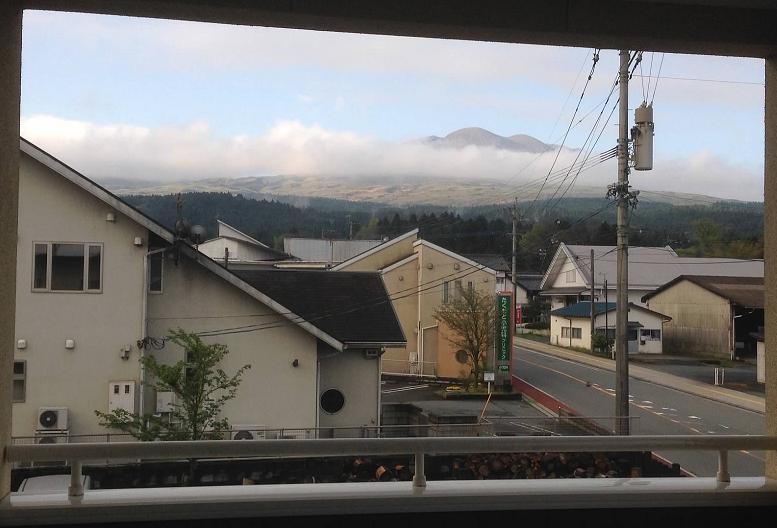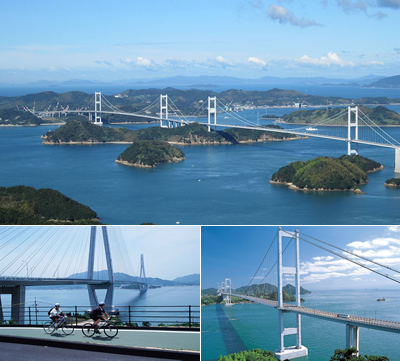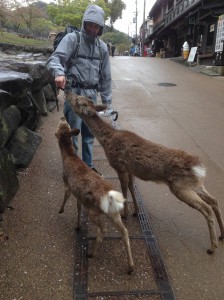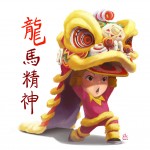After a nice relaxing visit at the Omata’s we had one last big stop on our list – hike an active volcano. Mt. Aso, or Aso San, is known for being a temperamental hot spot that has been smoking for years. At its peak, Nakadake crater, there are about 8 inner craters and a small lake of boiling hot, blue water. The crater is off limits but there are zones outside the most toxic spot with a cable car taking visitors to its edge. Unluckily for us, Nakadake was misbehaving as recently as March, causing the closest safe zone (1 KM around the crater) to be closed off. That, combined with super foggy conditions, made our visit to Aso a somewhat disappointing one.
But before leaving the town of Aso however, we got a chance to ride a classical scenic train that wraps around the southern valley of the mountain. Between the quaint towns of Tateno and Takamori, this hour-long “tour” gave us a glimpse at the communities that live so close to this active volcano. Read More…


















 Custom Search
Custom Search